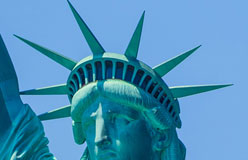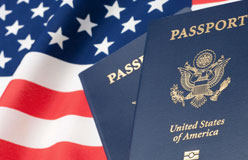The United States Constitution says nothing about immigration. Its creators left it to individual states to regulate the influx of newcomers to these shores.
New York, with the highest number of immigrant arrivals, took the lead in establishing guidelines. The first regulations were meant to weed out those who could not support themselves and those with contagious diseases.
As immigration grew, the federal government took more responsibility for regulating it. The first national law was enacted in 1875. It primarily excluded criminals. After the huge influx of immigrants between 1880 and 1920, the government set quotas from each country of the world based on the number of people of that ancestry already living in the U.S. This policy favored northern Europeans and greatly reduced the number of immigrants from other nations. Since then, the restrictions on immigration have sometimes been tighter and sometimes looser, depending in part on the U.S. economy. One result of strict regulation has been to create a large population of undocumented immigrants. Those are people looking for a better life who manage to enter the U.S., even though they are not qualified for legal immigration. Most live in fear of being sent back to their native countries.
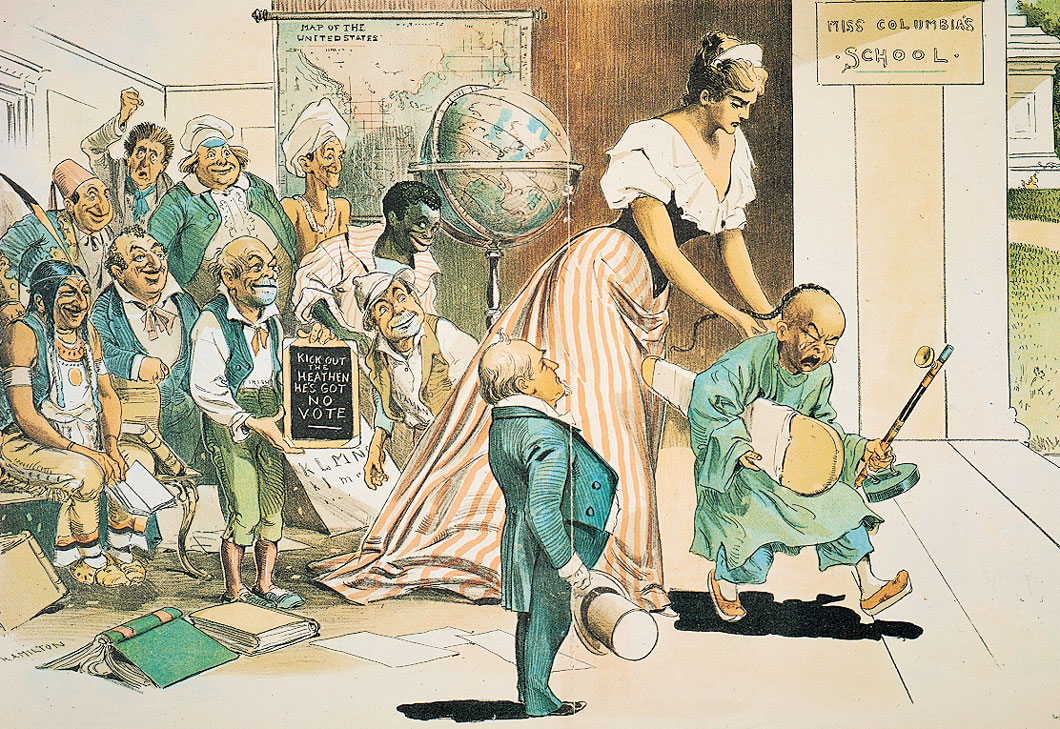
▲ At first, Chinese immigrants were welcomed as a source of labor to build the railroads. But eventually, longtime citizens began to resent the fact that the Chinese would work for lower wages. Anti-Chinese sentiment grew. In 1882 the U.S. Congress passed the Chinese Exclusion Act, the only law ever to bar a specific ethnic group from immigrating to the U.S.

▲ In the early 1990s, thousands of Haitians left their country in crowded, unseaworthy boats. They were trying to escape harsh economic and political conditions. U.S. immigration authorities sent many of them back to Haiti. They said they were not true refugees, because they were not in danger of political persecution but were only seeking a better life.
In 1994 Californians passed a controversial proposition that would keep undocumented immigrants from getting government benefits, such as free schooling. The courts declared the proposition unconstitutional. ▼
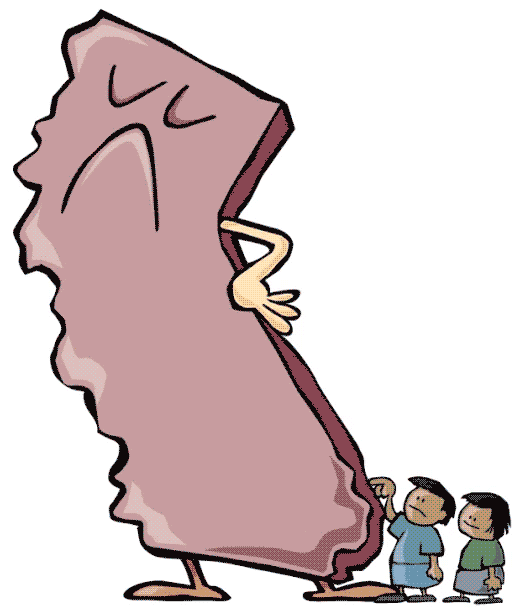
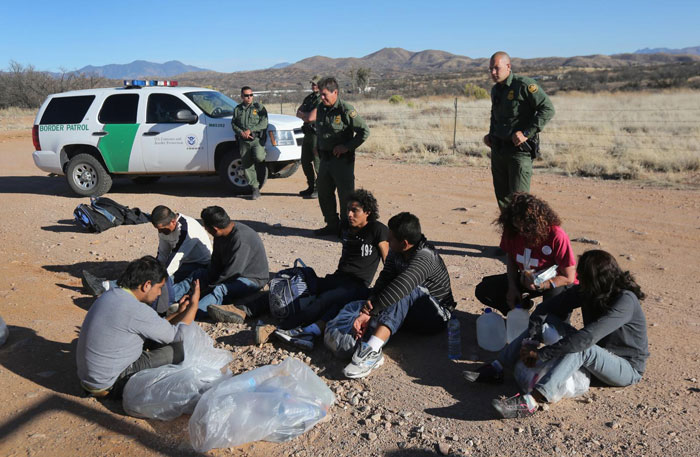
◀ Some undocumented immigrants are encouraged to come to the U.S. by employers seeking cheap labor. These people sometimes endure life-threatening conditions to enter the U.S. Then they work long hours for low wages under harsh conditions. They put up with this because that life is still better than the one they left behind.
“People are afraid to walk on the street because they believe that anyone can ask them for their papers.”
—Charlotte Lucien, publisher of a Haitian community bulletin in Boston, Massachusetts
Think Piece!
Those who favor strict controls on immigration fear that the U.S could be overrun by immigrants seeking to enjoy the high standard of living in this country. Do you think that there is enough wealth in the world for everyone to have a decent life? How could the U.S. help other nations achieve economic prosperity so that fewer people would want to immigrate to the U.S.?

ILLUSTRIOUS IMMIGRANT
Madeleine Albright (1937– )
Albright came to the U.S. at the age of 11. Her father, a Czech diplomat, had been accused of crimes against the state by the new Communist government in Czechoslovakia. A series of government jobs led to her appointment as permanent representative to the United Nations in 1993. In 1997, she became the first woman to serve as U.S. secretary of state.
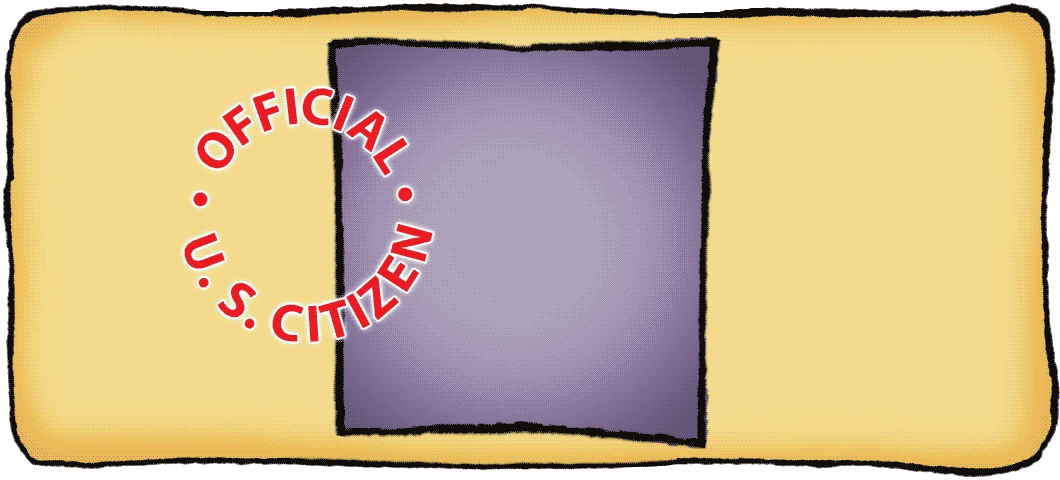
A major new law was passed in 1990 by the State Department, permitting 675,000 immigrants to enter the U.S. each year. Under special circumstances, that figure can be greater, and it usually is. In 1990, 915,000 immigrants entered the U.S. It’s easier for people with family members living in the U.S. and for those with special skills. Additional immigrants may be admitted as refugees. Here is how you get to be a citizen.






